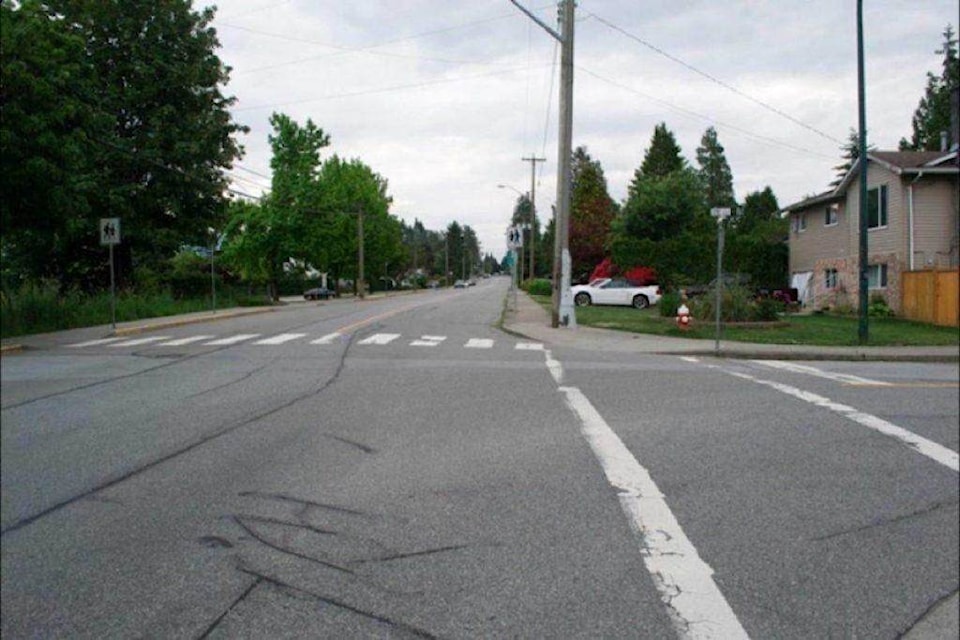Integrated transportation systems are integral to a well-built community and its economy.
And roads make up a key component of such systems, which is probably why they showed up as early as the Bronze Age.
Today, whether you drive a car or not, goods and services must be able to traverse our communities. Therefore, everyone stands to benefit from a well-built road system, including those who prefer the two-wheeled, self-propelled mode of transport that may, or may not involve spandex.
Living in Maple Ridge, there is still much to be accomplished within our road systems and overall transportation needs.
Even though there have been great strides with the bridge infrastructures over the past 10 years and improvements to our major road networks along Abernathy Way, Lougheed Highway and parts of Dewdney Trunk, we still require improved and expanded east-west corridors and bus services.
Plans for such, along with West Coast Express expansion, were built into a plan put forth by regional mayors in 2014, which then mayor Ernie Daykin was part of.
The plan was called the Mayors’ Council Regional Transportation Investments: A Vision for Metro Vancouver. This present council is reaping the benefits of that work, with the announcement of the Silver Valley bus routes, the B-line service and extra West Coast Express cars — all of which the previous mayor lobbied for and Mayor Nicole Read inherited.
The pending upgrades to the Haney Bypass have been a collective effort of a number of councils. But with any luck, this council will also get to announce that body of work, as the project has finally worked its way up the provincial capital list and council’s added efforts will now, hopefully, bring it to fruition.
Transportation infrastructure is never the sole work of one council, as it takes years of planning and negotiating with the different levels of government to get needed projects included in a federal, provincial, or regional capital budget.
Through the last decade, one area of infrastructure that has crept into the spotlight, and has every council struggling, is that of bike lanes.
Within the 2014 Mayors’ Council’s plan for the region, there is a commitment to an additional 27,000 kilometers of bikeways, including 300 kilometres of fully traffic separated routes region-wide, with each community determining what they require.
While separated bike lanes may work for Vancouver, it doesn’t seem to make sense for our community, both from a cost perspective and the disruption it causes to the rest of the road users.
For example, the separated bike lane on 203rd Street, between Dewdney Trunk Road and Golden Ears Way – which cost taxpayers approximately $126,000 over and above what a painted bike lane would have cost – is a source of frustration for car traffic, because the design does not provide enough room for service vehicles to pull off the road and allow traffic to pass safely.
I have been in a line-up of cars stuck behind a recycling truck doing its route along that stretch. Suffice to say, all of the drivers had time to observe that the bike lanes were empty, like most hours of the day.
Don’t get me wrong, I fully support a ‘bike spine’ being built throughout the city. And I agree, to some extent, with the biking enthusiasts, that if you build it, they will come, probably just not in December.
However, with all that is still needed within our transportation plan and overall infrastructure needs — sewers, water and sidewalk upgrades, to name a few — we can’t afford the Cadillac version of separated bike lanes and the disruption is not acceptable to the affected neighbourhoods, which the city recently heard.
During the summer, city staff held a public information meeting regarding another separated bike lane proposal, this time along 123rd Avenue, and the neighbours came out strongly against it.
The city engineers went back to the drawing board and they are now, rightly, proposing a shared pathway that will not interfere with street parking.
A shared pathway exists on Lougheed Highway and the handful of bike riders who use it seem to understand the concept of sharing, as I have walked past them on the pedestrian side and, low and behold, we have not collided.
Presently, the federal government is surveying municipalities regarding their transportation and infrastructure needs, as municipalities have been reporting for decades that infrastructure across the country is crumbling.
As our local economy grows, more people may be able to work closer to home, opening up more biking opportunities — and with global warming, they may even stay dry.
However, when weighing all of the much needed infrastructure that will support the economy, up against the limited funds that the federal government will be offering, as well as our own limited tax base, separated bike lanes are not practical and are better suited for the more populated, Spandex-prone areas like that of Vancouver.
Cheryl Ashlie is a former Maple Ridge school trustee, city councillour, constituency assistant and current
citizen of the year.
